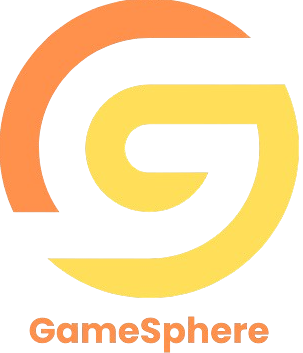Introduction: In the digital era, databases are 디비구입 the backbone of virtually every organization’s operations. Whether it’s managing customer data, processing transactions, or analyzing business trends, databases play a crucial role. However, with the plethora of options available in the market, choosing the right database solution can be a daunting task. This article aims to provide a comprehensive guide to help businesses navigate the process of purchasing a database.
Understanding Your Needs: Before diving into the selection process, it’s essential to assess your organization’s specific requirements. Consider factors such as the volume of data, performance requirements, scalability, security, and budget constraints. Understanding these needs will serve as a roadmap for evaluating different database options.
Types of Databases: There are various types of databases available, each catering to different use cases. Relational databases like MySQL, PostgreSQL, and Oracle are ideal for structured data and transactional applications. NoSQL databases such as MongoDB and Cassandra excel in handling unstructured or semi-structured data and are well-suited for big data and real-time analytics. Newer entrants like NewSQL databases offer the scalability of NoSQL with the ACID compliance of traditional relational databases.
Considerations for Database Selection:
- Performance: Evaluate the database’s performance metrics such as throughput, latency, and response time to ensure it meets your workload requirements.
- Scalability: Choose a database that can scale seamlessly as your data grows and your application demands increase. Consider factors like horizontal scaling, sharding, and replication capabilities.
- Security: Data security is paramount. Ensure the database provides robust security features such as encryption, access controls, and compliance certifications to protect sensitive information.
- Ease of Management: Consider the ease of database administration, including installation, configuration, monitoring, and maintenance tasks. A user-friendly management interface can significantly streamline these processes.
- Community and Support: Assess the database’s community size and the availability of professional support services. A vibrant community ensures access to resources, tutorials, and troubleshooting assistance.
Cost Considerations: While budget constraints are a reality for most organizations, it’s essential to strike a balance between cost and quality. Consider not only the upfront licensing or subscription fees but also factors like ongoing maintenance costs, support fees, and potential scalability expenses.
Vendor Evaluation: Research and compare different database vendors based on factors such as reputation, industry experience, customer reviews, and product roadmap. Engage with vendors through product demos, consultations, and proof-of-concept trials to gain insights into their offerings and suitability for your organization’s needs.
Future-proofing Your Decision: Technology is constantly evolving, and so are business requirements. When purchasing a database, consider its adaptability to future trends and emerging technologies. Choose a solution that offers flexibility, extensibility, and compatibility with evolving industry standards.
Conclusion: Purchasing a database is a significant decision that can have long-term implications for your organization’s success. By carefully assessing your requirements, evaluating different options, and considering factors like performance, scalability, security, and cost, you can make an informed decision that aligns with your business objectives. Remember, the right database is not just a tool; it’s a strategic asset that can propel your organization towards growth and innovation.

